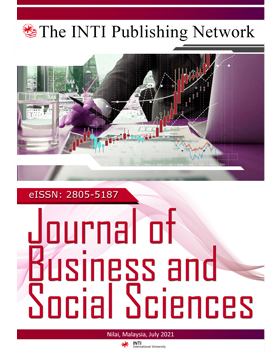Bridging the Gender Gap: Rethinking Equity, Safety, and Leadership in Garment Manufacturing Industries
DOI:
https://doi.org/10.61453/jobss.v2025no27Keywords:
Gender equity, textile industry, workplace safety, women workers, women leadershipAbstract
Women workers face persistent gender disparities in wages, limited career advancement, unsafe working conditions, and inadequate work-life balance support in garment manufacturing factories in Tiruppur. The garment manufacturing industry achieves $40 billion in exports, and the benefits for the local, state, and national economies are transformative. Currently, Tiruppur employs approximately 600,000 workers; the export scale generates between 800,000 and 1 million jobs, both direct and indirect. The women workforce of 60- 65% is involved in stitching, checking, and packing. The study evaluates the demographic profile of the women and analyses the gender differences in pay, benefits, and maternity care among female textile workers employed in the Tiruppur garment manufacturing sector. In order to offer evidence-based suggestions for enhancing gender equity, safety, and inclusion in the garment manufacturing industries, research examines working circumstances, such as workplace safety, harassment prevention strategies, and workplace decision-making. 216 stitching women workers from 36 factories, comprising both local and interstate migrant populations, participated in structured questionnaires and interviews as part of this mixed-methods study to investigate these issues
Downloads
Published
How to Cite
Issue
Section
License
Copyright (c) 2025 Journal of Business and Social Sciences

This work is licensed under a Creative Commons Attribution 4.0 International License.

